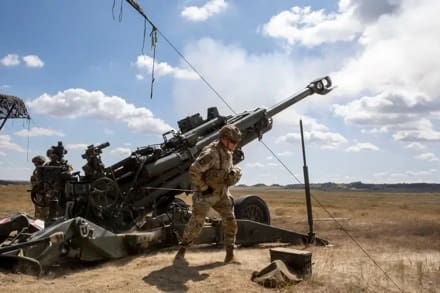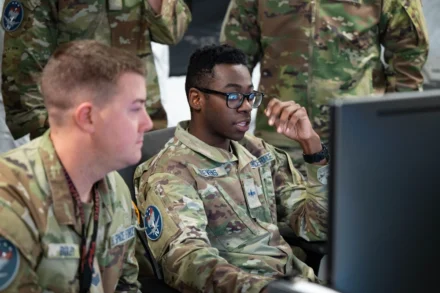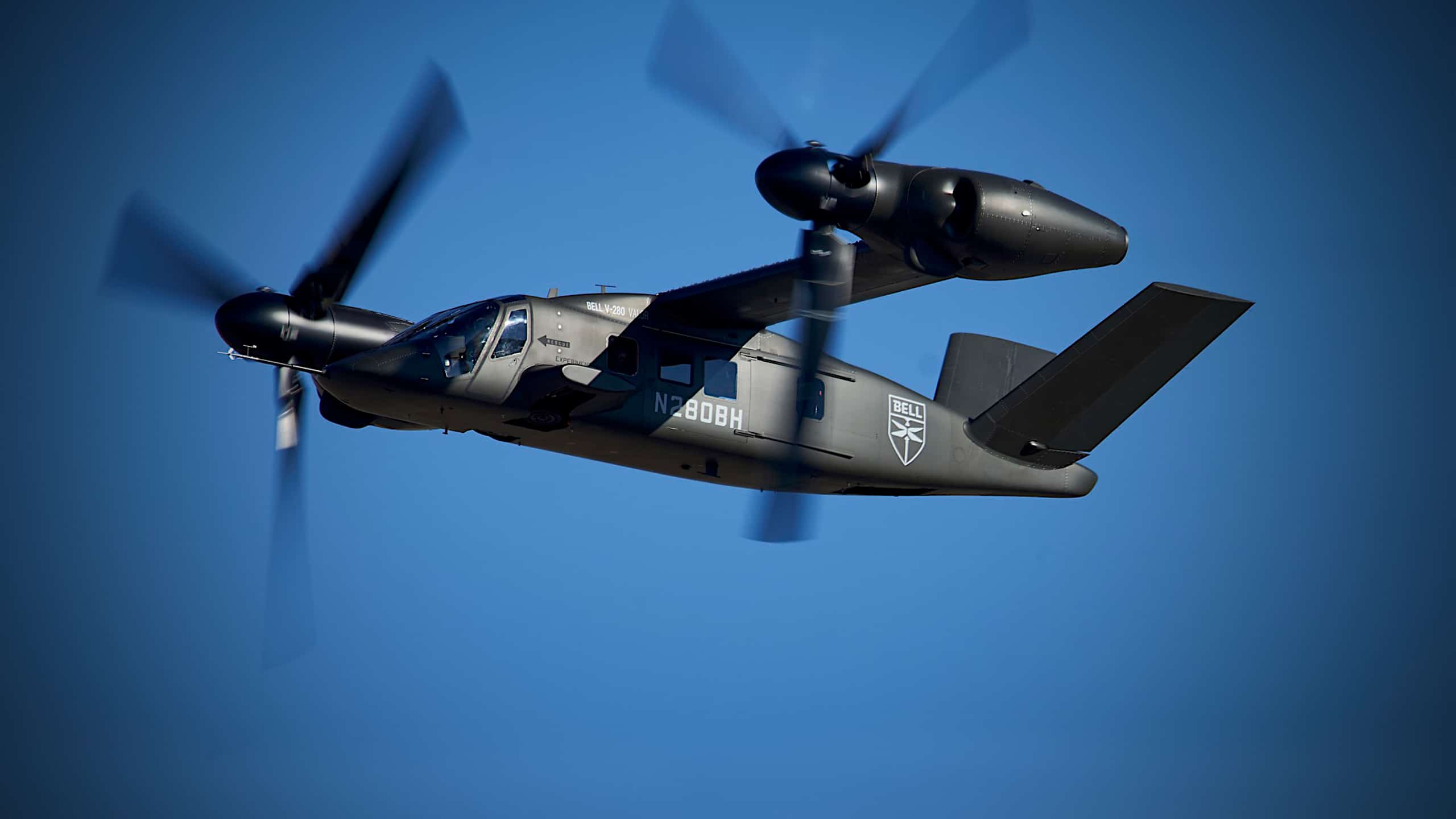Only eight weeks after Anduril was awarded a $99.6 million prototype Other Transaction Authority agreement for the Army’s Next Generation Command and Control (NGC2), the 4th Infantry Division became the first unit to use NGC2 in live fire training. The event, known as Ivy Sting 1, demonstrated a division-level targeting process running entirely on Anduril’s Lattice Mesh and Palantir’s Target Workbench (TWB) from headquarters down to the gun line—firing faster, more reliably, and more resiliently than legacy systems.
NGC2 is the Army’s initiative to modernize the command and control ecosystem. Built on an open, modular architecture, NGC2 connects the entire battlefield—soldiers, sensors, vehicles, and commanders—with resilient, real-time data. Anduril leads the effort alongside partners Palantir, Striveworks, Govini, Instant Connect Enterprise™ (ICE), Research Innovations, Inc. (RII), and Microsoft, integrating their capabilities into a single ecosystem.
For decades, artillery fire missions required soldiers to manually compute firing data with charts and protractors—a slow, error prone process that tied up fire direction centers. The process was digitized in the 1990s with the development of the Advanced Field Artillery Tactical Data System (AFATDS). But while it was progress, AFATDS was slow to set up and unable to interface easily with other systems.
At Ivy Sting 1, the Army’s new Artillery Execution Suite (AXS) replaced that model. Integrated into NGC2, AXS delivered fire control at speed. The gains were measurable. With AFATDS, gun crews often spent time troubleshooting digital connections before they could fire. Using AXS on Lattice Mesh, crews were digitally ready in under 30 seconds.
Running on Voyager rugged edge computing kits, Lattice Mesh, Anduril’s software backbone, kept the workflow seamlessly connected and resilient in concert with Palantir’s software platform. Ghost, Anduril’s modular UAS platform, also ran on the mesh, providing immediate battle damage assessment through full-motion video, and Army Forward Observers fed inputs directly into Lattice via Android Tactical Assault Kit (ATAK) integrations. Palantir’s TWB managed, tracked, and allocated resources for each target taking geolocation data and translating it to actionable targets to process through the kill chain.
This was no tabletop exercise. Soldiers fired 26 live missions with M777 howitzers on Fort Carson’s live-fire ranges, running AXS side-by-side with legacy crews. The contrast was visible: one team struggling with delays, the other firing digitally in seconds. Ivy Sting 1 proved that NGC2 works under operational conditions and set the stage for future events that will scale across more nodes and integrate partner applications.
To make it all happen, Anduril’s NGC2 engineering team embedded directly with the AXS developers using the NGC2 Software Development Kit (SDK). The SDK gives third-party developers the tools and open interfaces needed to rapidly build and integrate new applications and data services for NGC2, ensuring flexibility and avoiding vendor lock-in. That integration allowed the Army to move faster than planned—pulling a milestone originally set for January 2026 into Ivy Sting 1. The first M777 round was fired just 12 hours after the beta software was installed.
The workflow demonstrated has now been adopted as the division’s standard operating procedure for artillery fire control. Every future 4ID training event will build on Ivy Sting 1 mission thread, reinforcing and refining the process.
Ivy Sting 1 is only the beginning. Anduril and its partners will expand the number of nodes integrated into Lattice Mesh and use the NGC2 SDK to pull new mission threads into the data fabric. What started with fires will extend to sustainment, aviation, logistics, counter-UAS, and medical evacuation within Army operations. During Ivy Sting 2, a new mission thread will demonstrate how Lattice Mesh connects data generated by AXS to Ark, Govini’s sustainment application, enabling warfighting functions to interoperate seamlessly across the division. By Ivy Mass in May 2026, the division will be operating those workflows on Lattice at scale, treating the event as a full dress rehearsal for Project Convergence Capstone 6 in July.
Ivy Sting 1 showed how fast the Army and industry can deliver when they work as one team. In just two months, Anduril and its partners delivered a live-fire NGC2 capability that connected headquarters, artillery crews, and autonomous systems on a single mesh network.
Both comments and pings are currently closed.
Read the full article here








Leave a Reply